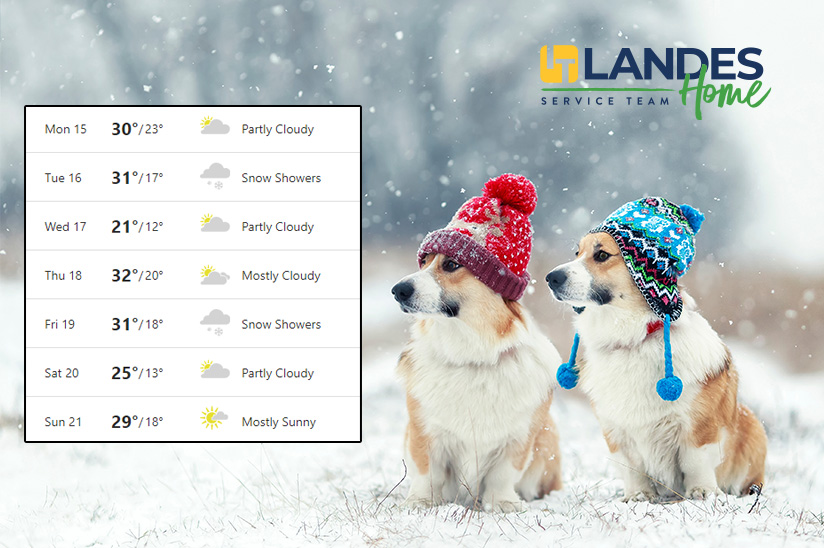Temperatures are going to be low in Bucks and Montgomery Counties this winter! IT Landes…
‘Death from Carbon Monoxide (CO) poisoning’ is not a headline that is plastered across the front pages of newspapers and magazines but it’s not a topic to be taken lightly. According to the Centers for Disease Control and Prevention, unintentional CO exposure accounts for an estimated 15,000 emergency department visits and 500 fatalities per year. Death rates due to CO poisoning peak during the winter months with January being the worst for CO poisoning (with an average of 2 deaths per day).
Known as the ‘silent killer’, Carbon Monoxide is an odorless, colorless, and poisonous gas that is typically produced from malfunctioning heating equipment such as furnaces, generators, gas heaters, wood burning stoves/fireplaces and more. If left undetected it can be fatal.
When breathed in, CO displaces the level of oxygen in your blood and subsequently starves vital organs of oxygen and could result in irreversible damage to the brain and vital organs as well as death. Symptom severity of CO poisoning is often related to the level and duration of exposure. Most symptoms for low levels of exposure are nonspecific (headache, fatigue, shortness of breath, nausea, or dizziness) and are often mistaken for viral illnesses, such as the flu. When exposed to high levels of CO in a short period, victims will typically surpass milder symptoms and experience more severe symptoms such as confusion, vomiting, loss of muscle coordination, loss of consciousness, and potentially death if not rescued.
In order to protect yourself and your family from the silent killer it’s important to know the symptoms and severity of CO poisoning. However, many incidents involving CO poisoning can be prevented with the right preparations and precautions:
Don’t:
- Use a generator, charcoal grill, camp stove, or other gasoline or charcoal-burning device inside your home, basement, or garage or near a window.
- Leave the car running inside a garage, even if the door is open.
- Burn anything in a stove or fireplace that isn’t vented.
- Heat your house with a gas oven.
Do:
- Keep your vents clear. Make sure the vent for your dryer, stove, furnace or fireplace is not covered with debris (or snow) and trapping CO inside your home.
- Schedule regular maintenance for your heating system, water heater and any other gas, oil, or coal burning appliances to ensure they are working properly.
- Install and properly maintain CO detectors. Test your detectors weekly. Replace the batteries every 6 months. Replace your detectors every 5-7 years.
Not all detectors are the same.
At IT Landes, we recommend the NSI 3000 Low-Level Carbon Monoxide Monitor. Designed by the National Safety Institute, the NSI 3000 is a low-level, professional grade model that can sense CO levels as low as 5 ppm and alarms at 15 ppm. Some other types of detectors provide less stringent protection and won’t alarm until the presence of CO has reached unsafe levels (typically 70 ppm). This leaves certain types of people at risk. Infants, children, the elderly, and highly sensitive or ill people may be impacted by CO before a detector that does not monitor low levels begins to respond.
Protect yourself and your family from the silent killer. IT Landes has been installing and maintaining Carbon Monoxide Monitors for homeowners throughout Montgomery and Bucks County. Call (215) 256-4221 for more information about our services or request an appointment online.



